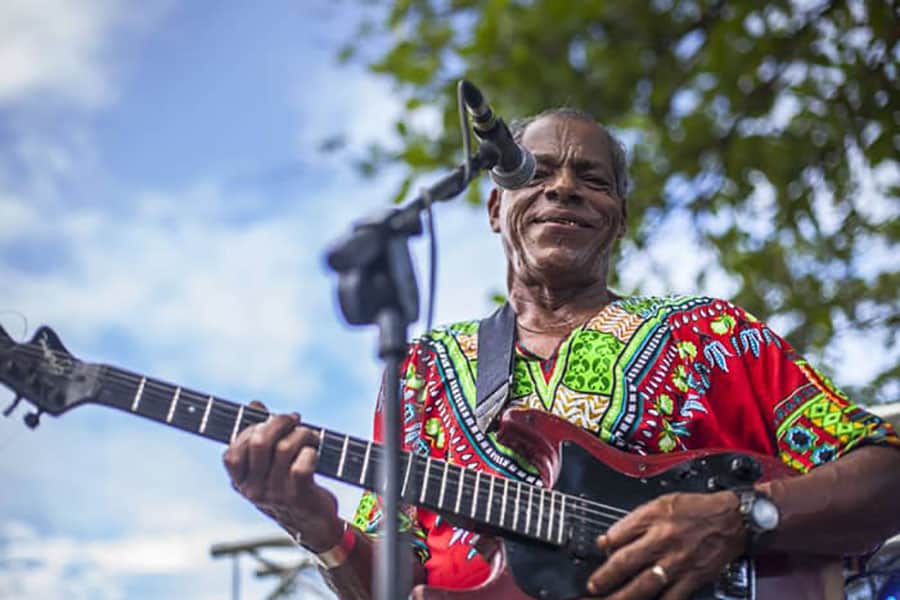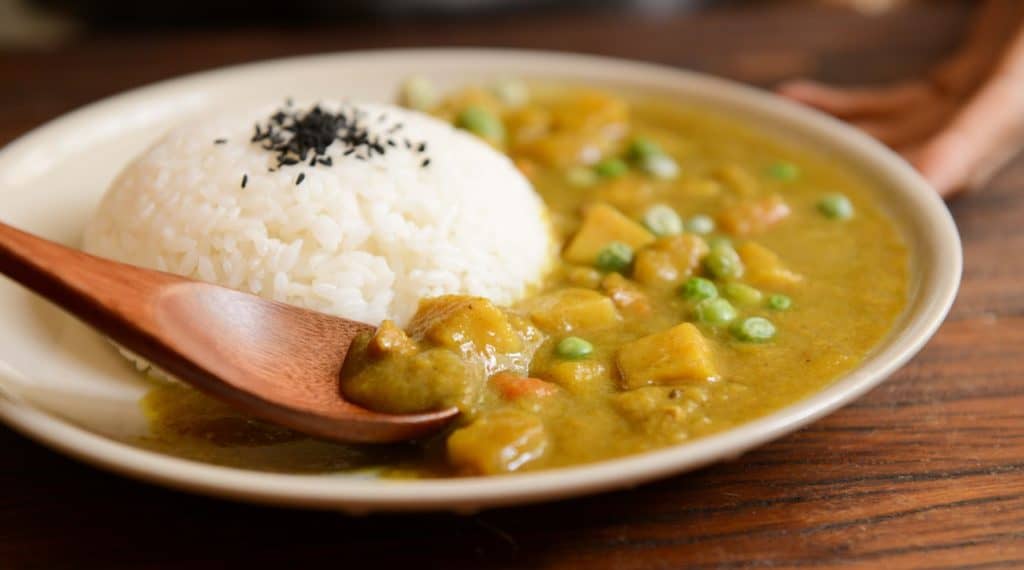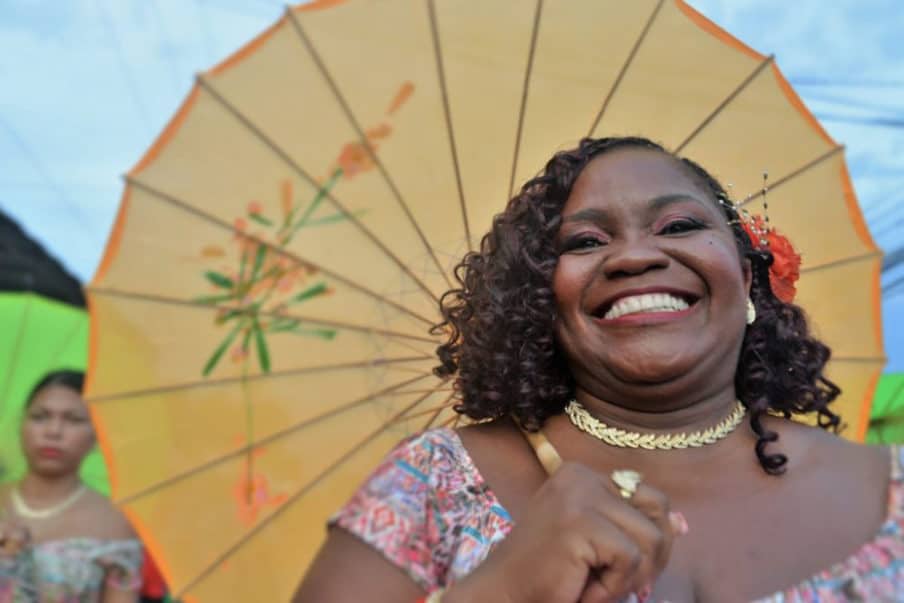
The Costa Rica Afro Caribbean Culture began when people were brought to Costa Rica by Spanish Conquistadors as slaves. It is a blend of the creole language, and a unique Costa Rican version of music, dance and cuisine.
Even though Costa Rica is a small country, about the size of West Virigina or Denmark, it has a diverse heritage whos influence can been seen through its music, food and dance.
Here we’ll be taking a deeper look at this unique culture, how it came to be and what its contributions are to Costa Rica and its people.
Afro Caribbean Culture Of Costa Rica
The ancestors of Afro Caribbean people living in Costa Rica hailed from Africa.
At the time, the slave trade in the Spanish Empire was at full swing, mostly using slaves to work at the various sugar plantations in the Caribbean. In Costa Rica, they worked mostly in cattle ranches and cacao plantations.
The slaves themselves usually came from all parts of Africa but were sold on the continent’s western coast. Slaves from neighboring countries, like Panama, also contributed to the country’s black population.
Long before slavery was abolished in 1823, many Central American countries have already freed much of their African slaves, as slavery slowly went out of fashion by then. These former slaves would then build sizeable communities in Costa Rica.
In fact, Costa Rica has the largest black community in the Caribbean today. During the late 1800’s to the early 1900’s, this black community was further bolstered by immigrants from Jamaica looking for work. These Jamaican migrants found work in the various coffee plantations, and later banana plantations, of Costa Rica.
The Limonese Creole Language
When slavers brought over African slaves to the Caribbean, they came across a major problem. They discovered that many of the slaves they brought over didn’t speak a common language.
As we’ve mentioned before, although these slaves were mostly bought from West Africa, their origins varied greatly, from the jungles of Central Africa to the tribes of the Sahel region. This enormous variation in origins also meant a huge variety in language.
The lack of a common language made using slaves difficult. Of course, teaching all these slaves a whole new language was also not feasible, given the time and extra effort it would take.
As a result, a simple language based on English was developed to help ease communications between the slaves and their captors. This language was the ancestor of Jamaican Creole, an English-based language that, although similar to English, has very different vocabulary and pronunciation.
Jamaican Creole eventually was brought over to Costa Rica from Jamaica thanks to the Jamaican workers who moved to the country in the mid-1800’s. Jamaican Creole in turn was influenced by the local language, including Spanish and various other native languages to create Limonese Creole.
Limonese Creole got its name from the Limon Province on the Caribbean side of Costa Rica, where many of the Jamaican workers built their communities. Very few data exist as to how many people speak the language, but it’s estimated that it has around 80,000 to 100,000 native speakers.
Afro Caribbean Music

Afro Caribbean culture has also produced its own brand of music. One of the more popular music styles produced in the region today is reggae from Jamaica and calypso from Trinidad, both of which has African roots.
The Afro Caribbean community in Costa Rica added its own unique flavor to the music and has become very distinct from the rest of the region. Aside from the use of the marimba, a percussion instrument similar to a xylophone, the Afro Caribbean music in Costa Rica also relies on a lot of drums and banjos.
With the modern era, Afro Caribbean music has continued to evolve, mixing together hip hop and Latin American music to produce a new form of music worth dancing to.
Music festivals celebrating the Afro Caribbean music scene is a big deal in Costa Rica. One of the most popular of these music festivals is the Festival of African Diaspora held annually in August in the province of Limon. This festival alone draws crowds of more than 25,000 people every year.
Afro Caribbean Dance
Of course, we can’t talk much about music without talking about dancing. Much like the music itself, Afro Caribbean dances have heavy African influence, though it also has plenty of Latin American influence in it as well.
It’s difficult to pinpoint which dances are solely Afro Caribbean, but the culture has had a hand in changing the overall flavor of many Costa Rican dances, from Soca, to Salsa, to Merengue, to Cumbia and much more.
Afro Caribbean Cuisine

Aside from the music and language, Afro Caribbean culture has also had a hand on influencing Costa Rica’s food as well. Afro Caribbean cuisine has a lot of African influence, mostly brought to the country by African slaves.
Of course, the ingredients used are vastly different from what is used in Africa, but the cooking style is more or less the same. The cuisine itself is often described as very casual, being characterized by the subtle use of mixed spices, seafood, and inexpensive cuts of meat. Here are some of the more popular dishes of Afro Caribbean Cuisine in Costa Rica.
Boneless Jerk Chicken
A classic Afro Caribbean flavor, the Jerk Chicken is mostly attributed to Jamaican cuisine, but Costa Rica has its own distinct flavor to it. Jerk Chicken is a traditionally spicy dish, the Jerk style marinade can also be used as a rub on pork, beef and fish as well.
Suya Kebabs
Suya is a traditionally African food, mostly popular as a street food. It consists of roasted meat, usually beef, but chicken and veal may also be used, which is coated in a spicy peanut rub. Suya is traditionally slow roasted over the low heat of open coal pits, usually taking most of the day to prepare.
Curried Goat
Another popular dish, the curried goat, or Compere Lapin, features goat meat rubbed with curry spices. It is then stewed in a mixture of chicken stock and coconut milk, paired with gnocchi made from pureed sweet plantains.
Carribean Rice and Beans
A great base on which almost all the above food site is on a bed of Caribbean style rice and beans. In Costa Rica it is cooked with large red beans, coconut milk, thyme and Panamanian peppers, and served with chicken in hot tomato or coconut sauce alongside patacones which are green plaintains fried twice.
Final Thoughts
Any trip to Costa Rica should include the east coast. If you can time it right try to go in the month of October when he annual Limon Carnival takes place, but really anytime is a good time to visit this region of Costa Rica. Its a side of Costa Rica that is fantastic to see and experience you will not soon forget.

